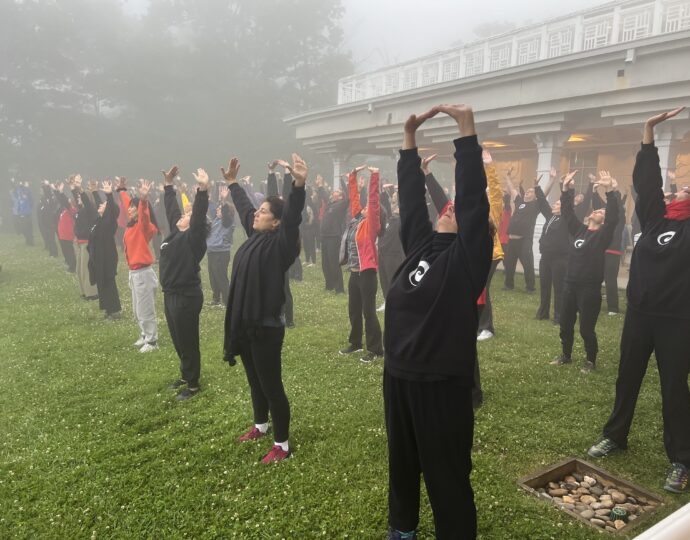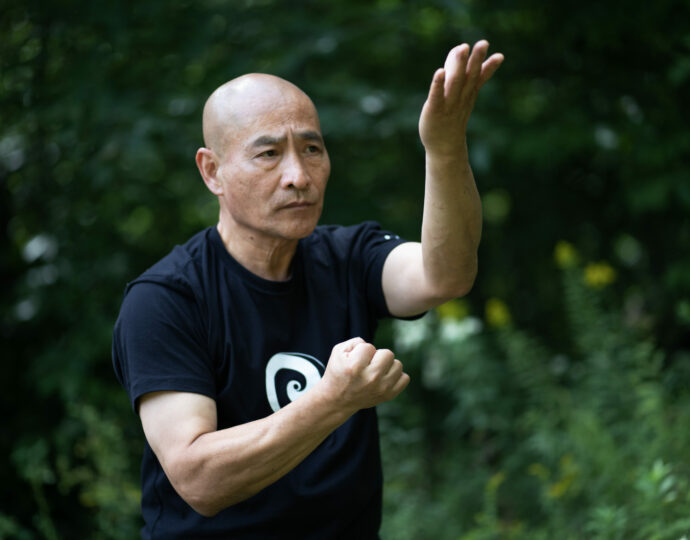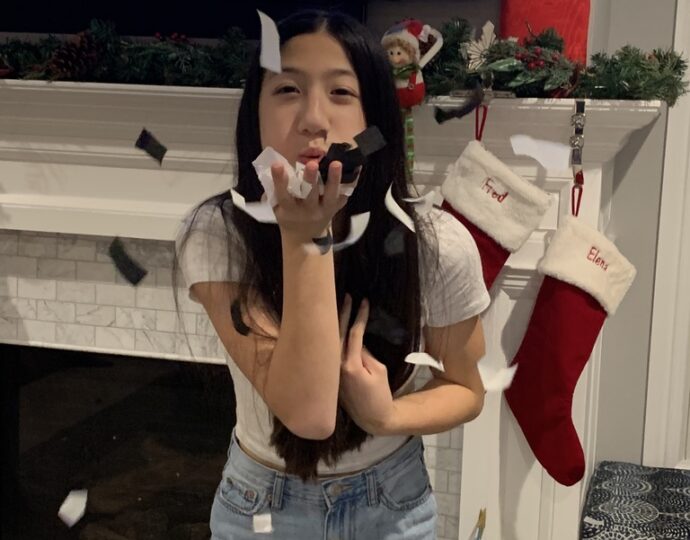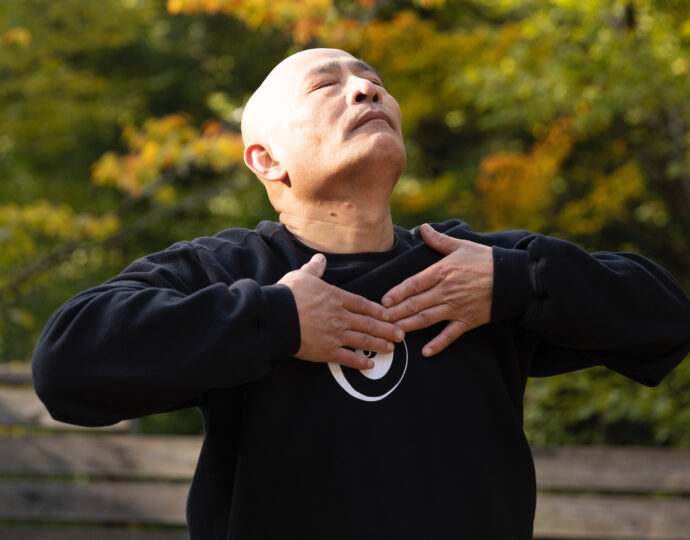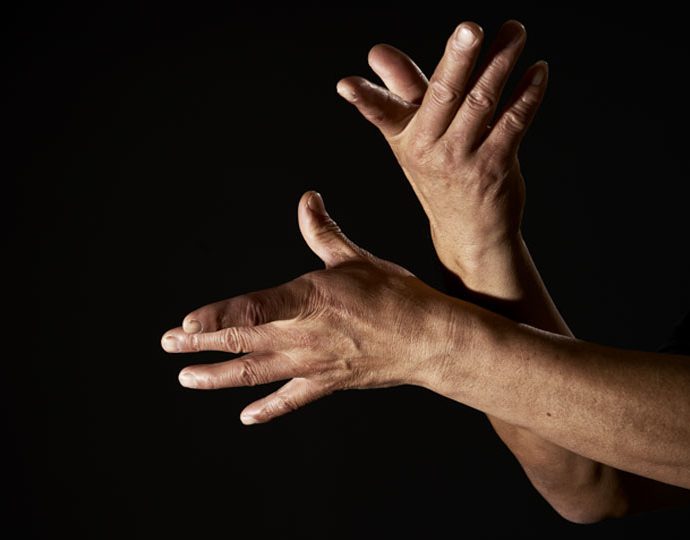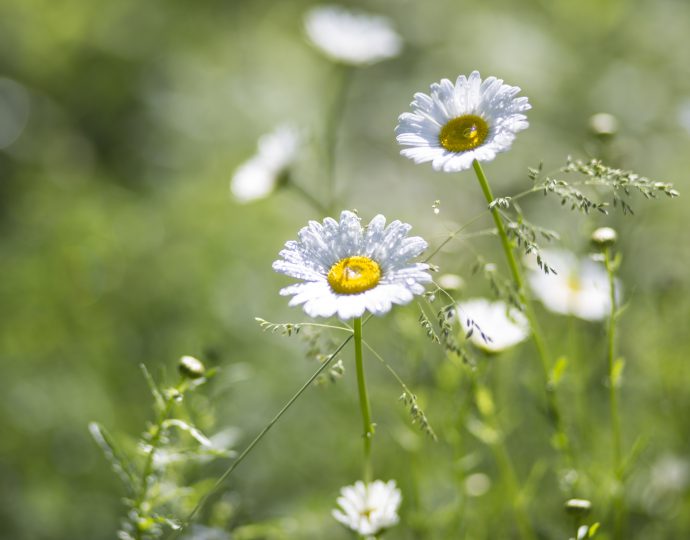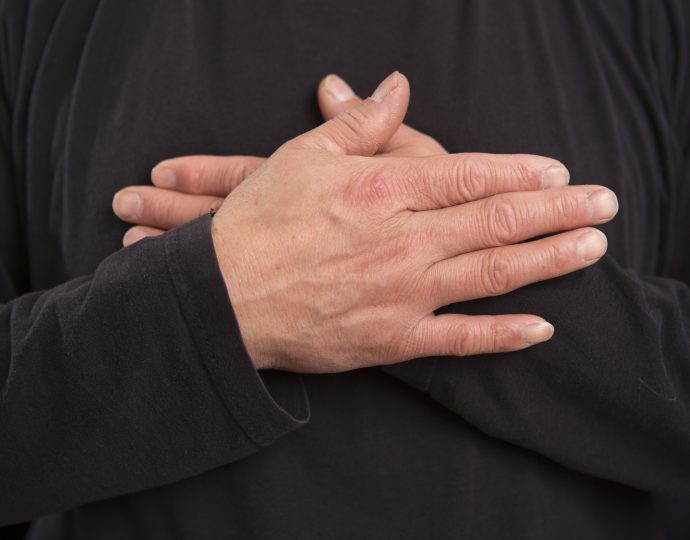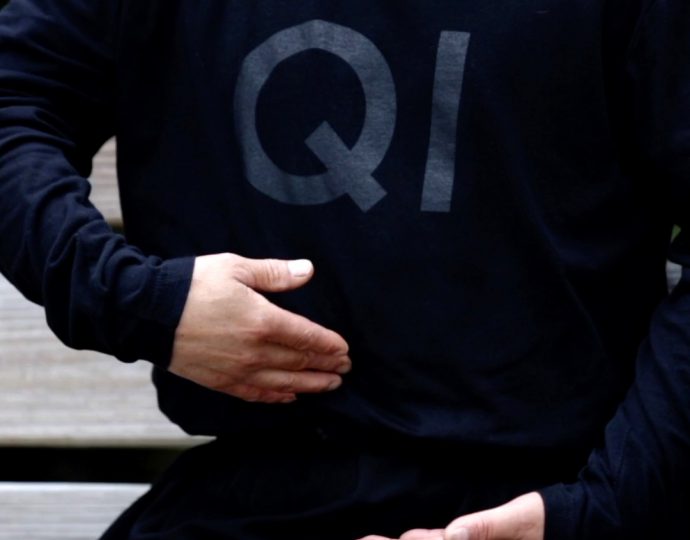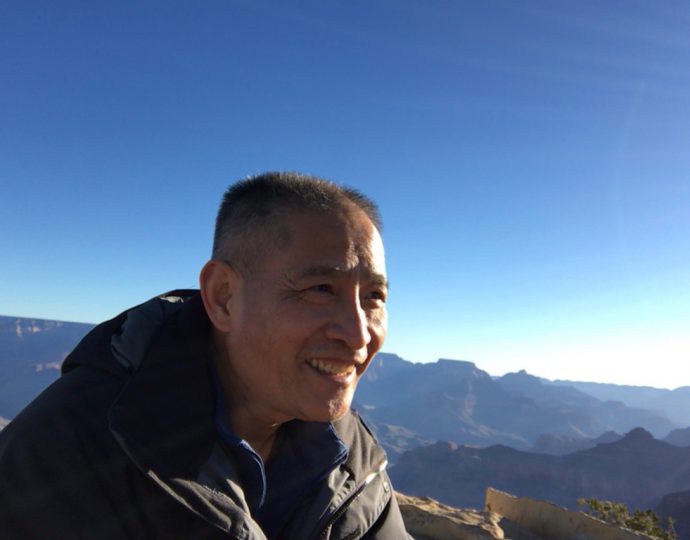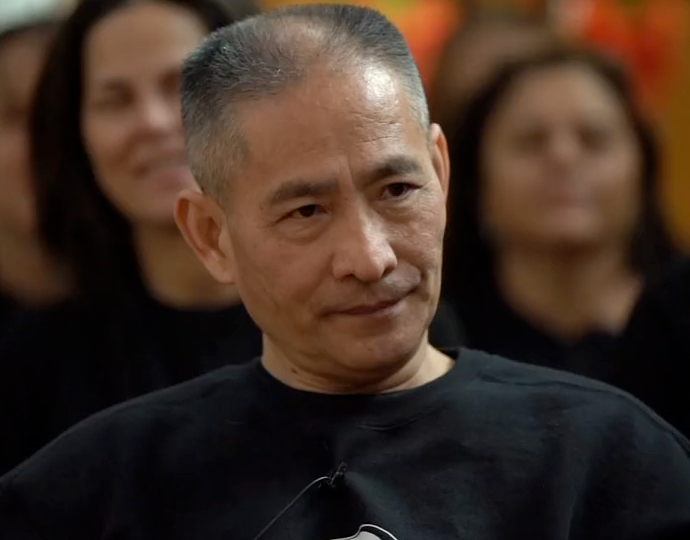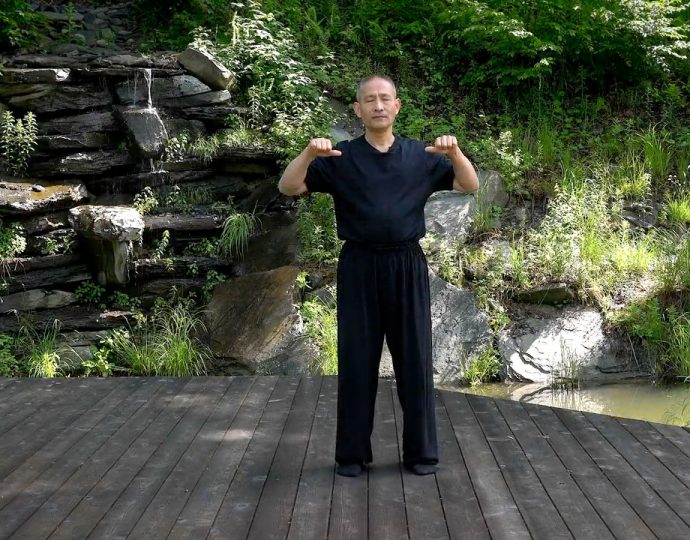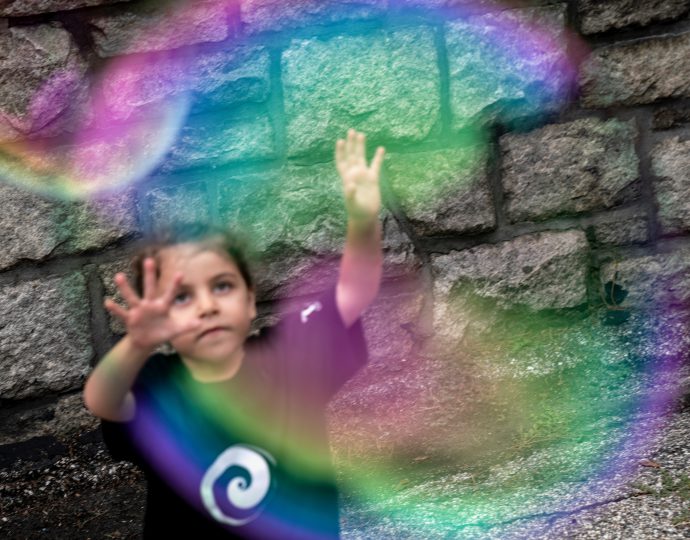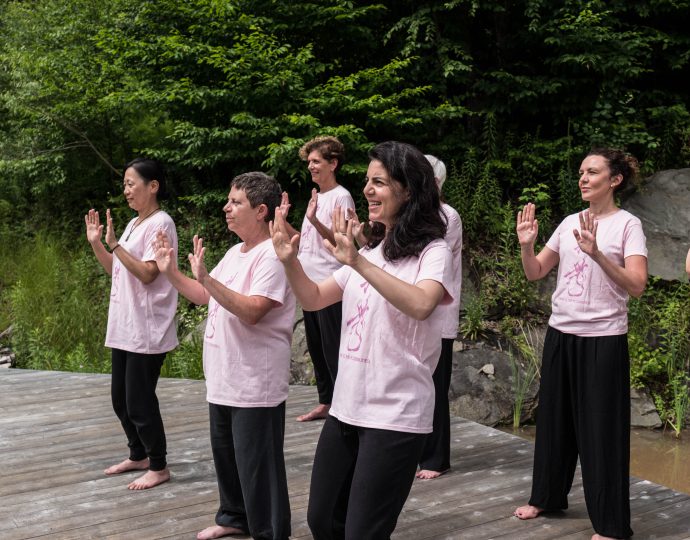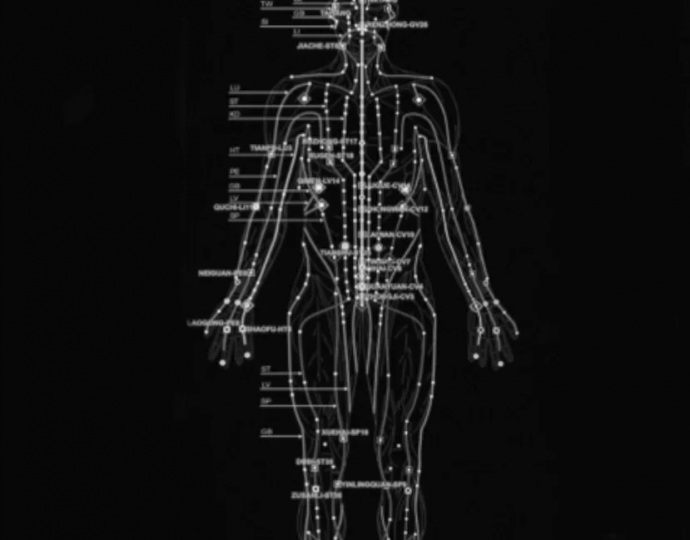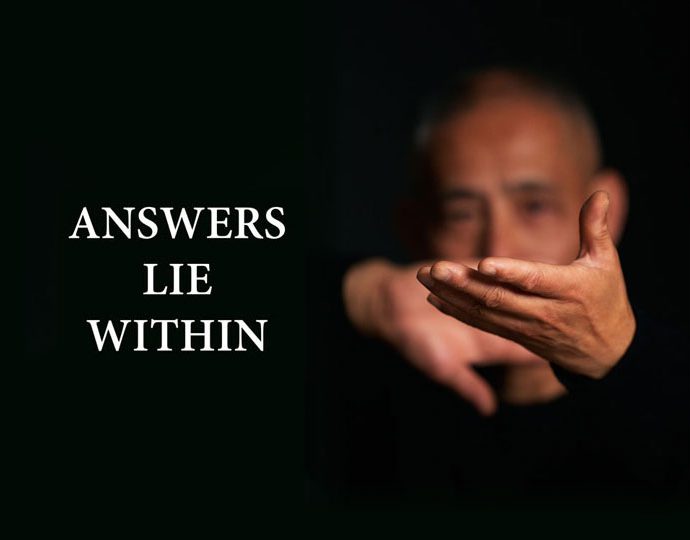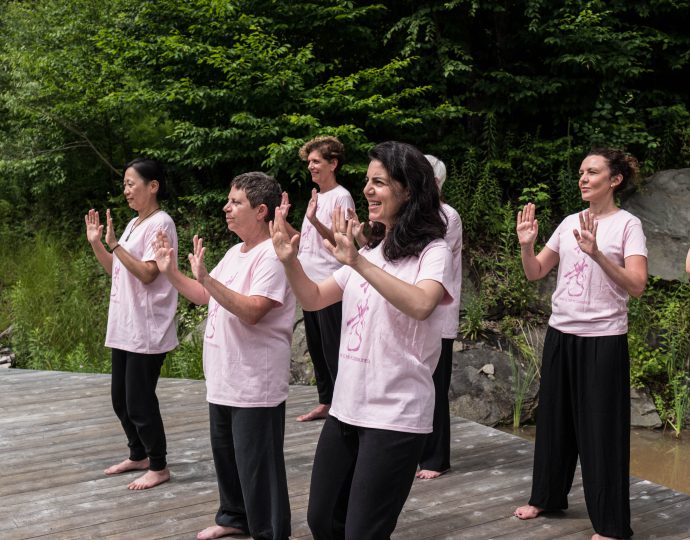Each of these postures come from the same Wu Ming Qigong system. Practice one or more for as long as your can. Remember quality practice is most important.
Is it an exercise? A practice? or a Form? Each level has a different purpose and each a different outcome.
Qigong practice is far from a movement experience. High level practice is key. But there are ways to confuse the body when practicing Qigong.
Practice this form of rolling Qigong to stimulate your Lung Qi. Then enjoy the healing that organically balances the body.
Follow along and practice with Grand Master Lu. Slowly open each joint. If you are having difficulty, simply allow the body to gradually open. You can start on your left side or if you prefer your right.
Sit in a comfortable position. Close your eyes and allow Grand Master Lu's voice to guide you.
Emotional Release is a technique used to help release unwanted emotions from the body. Each emotion has a frequency that communicates with the body.
The Four Energy Gates are major energy intersections that work together to stimulate the body.
Often referred to as reverse breathing, this powerful meditation will help you relax and tap into your ancestral line.
Qigong practice has the capability to change the relationship you have with your body. You need to become aware of your body's gifts.
This meditation will help cultivate inner peace. Sit quietly and enjoy the release.
Don't wait for life to happen. See yourself as as shining star and experience your full potential.
This Qigong posture will help you accumulate Qi to regulate and stimulate your body.
Your Spirit knows what it needs to achieve its purpose, but your mind constantly gets in the way.
This exercise helps energy flow through the breast area. This movement can be practiced anywhere and at any time.
Chinese medicine uses its deep understanding of Qi to understand health. Simply put, meridians are our internal energy pathways that connect to Universal Life Source.




